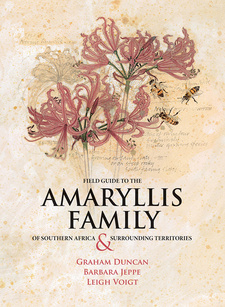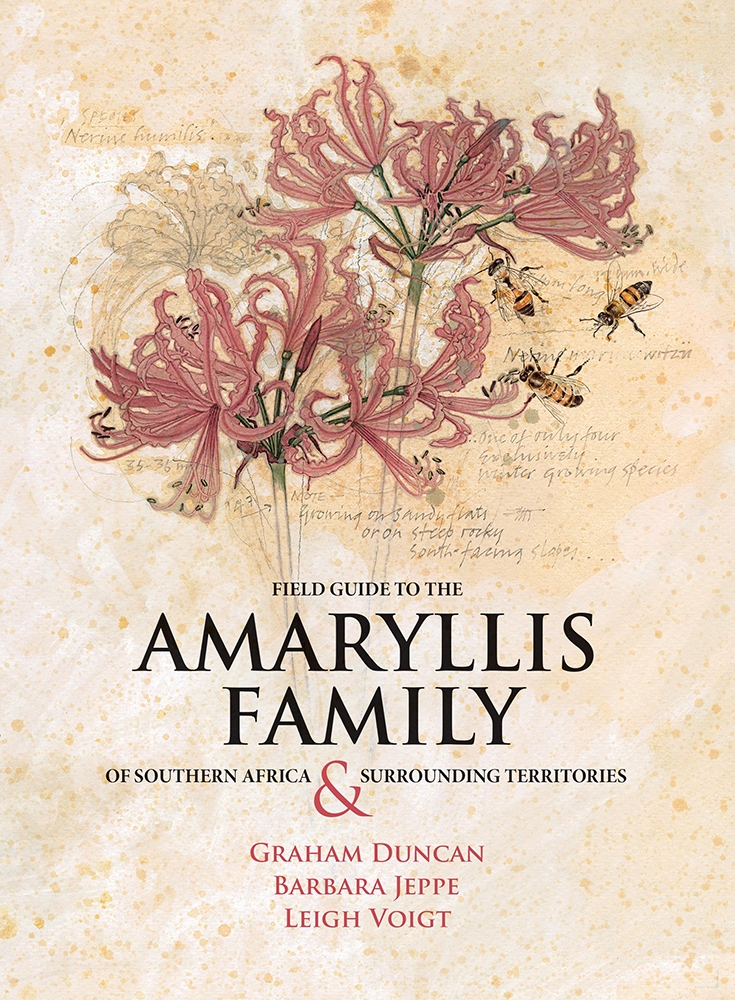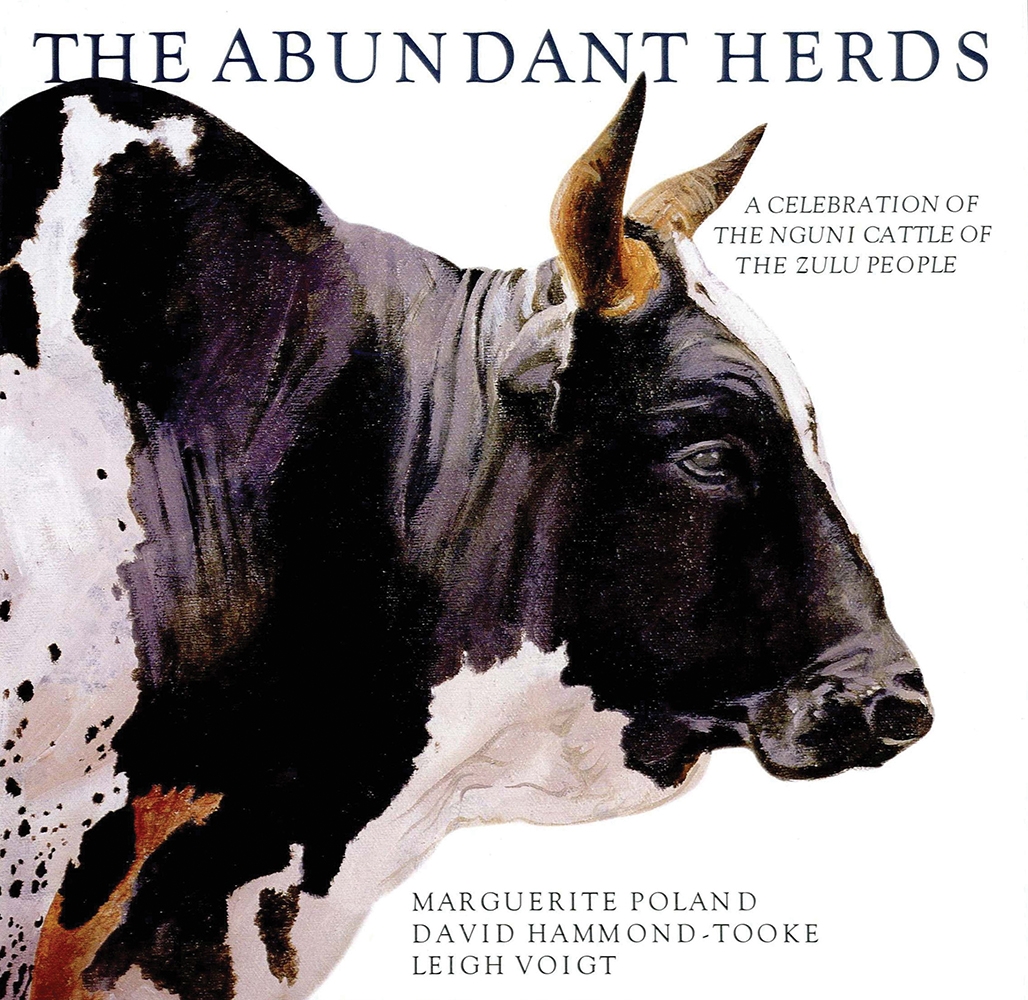Field Guide to the Amaryllis Family of Southern Africa and Surrounding Territories, by Graham Duncan, Barbara Jeppe and Leigh Voigt

Field Guide to the Amaryllis Family of Southern Africa and Surrounding Territories, by Graham Duncan, Barbara Jeppe and Leigh Voigt. Galley Press. Nelspruit, South Africa 2020. ISBN 9780620885911 / ISBN 978-0-62-088591-1
This compelling Field Guide to the Amaryllis Family of Southern Africa and Surrounding Territories, by Graham Duncan, Barbara Jeppe and Leigh Voigt, features all the species found in the region, conveniently grouped according to the biome of their natural habitat.
The seductive charms of southern Africa's Amaryllidaceae have been appreciated by gardeners and nature lovers for centuries. They have already been comprehensively portrayed in Graham Duncan, Leigh Voigt and Barbara Jeppes The Amaryllidaceae of Southern Africa (2016), mainly through the medium of botanical art. Now, the inclusion of hundreds of images in this field guide add a further dimension to the iconography of these charismatic plants, depicting them growing wild in their natural habitats through the medium of photography There can be few moments more uplifting and exhilarating to a naturalist than to see a rare, beautiful plant flowering in its natural habitat, yet it is a privilege few are able to enjoy. Here all can enjoy these experiences vicariously, through the images reproduced in this field guide. Field Guide to the Amaryllis Family of Southern Africa and Surrounding Territories is not only a field guide to the 265 taxa of amaryllid in southern and south-central Africa; it is a magnificent record of each species flowering, where possible, in its particular ecological niche in natural habitats as diverse as semi deserts, swamps, fynbos, grassland plains or mountain krantzes, encompassing every major vegetation type that occurs across southern Africa. It is the work of 162 individual photographers who happened to be at the right place at the right time to capture images of the brief bursts of flowering which is so typical of many amaryllids. The importance of these photographic records cannot be overemphasised. Today, the natural world is under siege. Nothing characterises the state of change in the earths terrestrial ecosystems so much as the two dark forces of uncontrolled population growth and exponential habitat destruction, with all their ruinous peripheral effects. Working in concert they have become the grim hallmarks of the late 20th century while the acceleration of these apparently unstoppable processes is already beginning to define the 21st century. So much so that for the vast majority of humankind to see an organism in its natural habitat has become a moment to be savoured, indeed it has perhaps always been an exceptional even privileged experience, but never more so than now. Avaricious collectors have also illegally devastated wild populations, increasingly so in our times. But it is heartening that in recent years the courts have begun to hand down massive fines and even prison sentences where offenders have been apprehended. Appropriate as these fines and prison sentences are, they can never undo the damage inflicted, whether it be for reasons of personal gain or simply through appalling ignorance. Many of our amaryllids produce enormous bulbs that are surprisingly long lived, notably the larger Brunsvigia species among others. These huge bulbs are venerable old timers, often over a century old, a fact appreciated by very few. Removing them from their habitat to satisfy a collector s urge is usually a death sentence, in the same league as slaughtering a rhino or an elephant. This is where knowledge, understanding and changes of attitude inspired by publications like this are the hope for the future. Reliable knowledge about our native flora remains a powerful conservation tool. May the Field Guide to the Amaryllis Family of Southern Africa & Surrounding Territories be an inspiration to others to learn more about these wonderful plants, to help identify what they are observing in nature and to augment the in situ photographic records while there is still time.
John Rourke
Past President, Botanical Society of South Africa Bettys Bay, 2020
This is an excerpt from Field Guide to the Amaryllis Family of Southern Africa and Surrounding Territories, by Graham Duncan, Barbara Jeppe and Leigh Voigt.
Title: Field Guide to the Amaryllis Family of Southern Africa and Surrounding Territories
Author: Graham Duncan
Illustrations: Barbara Jeppe (1921-1999); Leigh Voigt
Publisher: Galley Press
Nelspruit, South Africa 2020
ISBN 9780620885911 / ISBN 978-0-62-088591-1
Softcover, 15 x 22 cm, 545 pages, throughout colour photos and maps
Duncan, Graham und Jeppe, Barbara und Voigt, Leigh im Namibiana-Buchangebot
Field Guide to the Amaryllis Family of Southern Africa and Surrounding Territories
Field Guide to the Amaryllis Family of Southern Africa and Surrounding Territories.
The abundant herds. A celebration of the Nguni cattle of the Zulu people
The aim of "The abundant herds - A celebration of the Nguni cattle of the Zulu people" is to record a part of this unique South African heritage for posterity.


